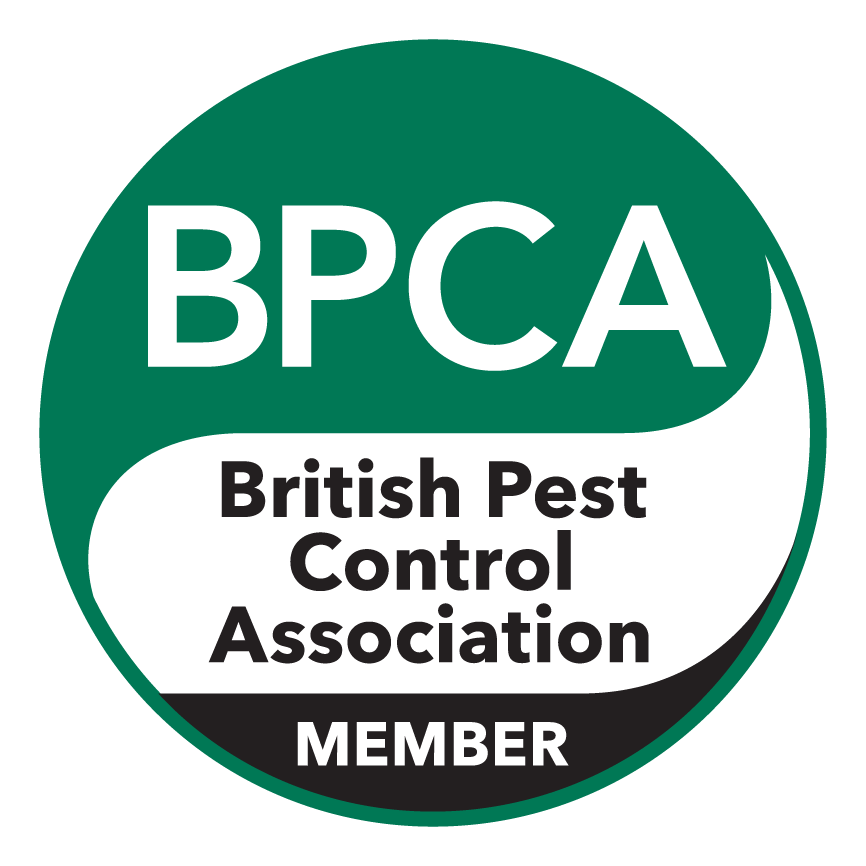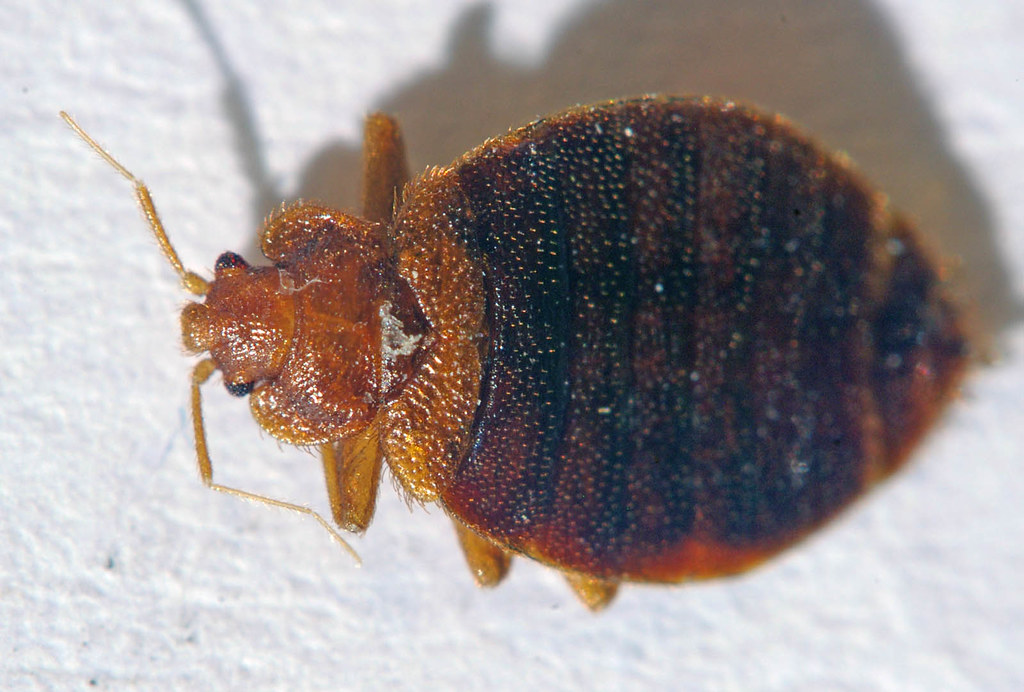Reduce your risk by inspecting furniture, protecting beds with covers, and being cautious when travelling or staying in hotels.


Preventing bed bugs is a must. No one wants to find an infestation in their home or their business. Unfortunately, once a bed bug infestation takes hold, it can be difficult to eliminate them completely – but there are some preventative steps you can take to help ensure an infestation doesn’t take hold.
Bed bugs are successful hitchhikers, easily travelling from one place to another through furniture, clothing, luggage, and infested items. Because bed bugs hide in mattress seams, box springs, bed frames, wall voids, and other places, they often go unnoticed until the infestation has spread.
Taking proactive measures to prevent bed bugs is the best way to avoid a costly and time-consuming battle against them.
This comprehensive guide will walk you through the best ways to prevent bed bugs. We will talk about how to minimise their chances of spreading and what to do if you suspect an infestation.
To effectively prevent bed bugs from invading your home or business, keep these essential tips in mind:
Encase Mattresses and Box Springs: Use protective covers designed specifically to encase mattresses and box springs. These covers trap any existing bed bugs inside and prevent new ones from entering, making it harder for infestations to establish.
Quarantine and Carefully Inspect Luggage After Travel: Upon returning home, avoid bringing bed bugs inside by isolating your luggage. Carefully inspect all bags and belongings for signs of bed bugs before bringing them into living areas. Consider unpacking in a garage or utility room and washing clothes on high heat promptly.
Avoid Secondhand Furniture Without Proper Inspection: While secondhand furniture can be tempting, it often harbours bed bugs. If you must bring used items into your space, thoroughly inspect them for signs of infestation and consider treating or encasing them before use.
Implementing these straightforward yet effective measures can significantly reduce the risk of bed bugs taking hold in your environment.

Bed bugs don’t just appear on their own. These tiny insects spread by hitchhiking on objects or people moving from an infested area to a new location. Some of the most common ways bed bugs enter a home or business include:
Bed bugs love to hide in upholstered furniture, bed frames, and couches. Always inspect used items carefully before bringing them into your space.
Hotels, shared laundry facilities, and public spaces increase the risk of bed bugs spreading through suitcases and clothing.
Bed bugs can transfer easily if infested items come into contact with clean belongings.
Apartments, hotels, care homes, hospitals, and other rooms with high foot traffic are especially vulnerable to bed bug infestations.
Understanding how bed bugs spread is the first step in preventing them from invading your home or business. If you suspect that you have bedbugs in your home, speak to a professional pest control company.

Once bed bugs get in, they are difficult to remove. Taking preventive steps can help stop their ability to spread. Here are some steps to take for integrated pest management:
Before bringing any furniture into your home, be sure to inspect it carefully. Pay close attention to mattress seams, bed frames, box springs, upholstered furniture, and crevices in wooden furniture – these are all favourite hiding spots of bedbugs. Look for shed skins, bed bug excrement, eggs, or signs of activity like blood stains on bed sheets.
After travelling, always wash clothing and dryer directly on high temperatures to kill any hidden pests. Use a hot dryer cycle for infested items like bedding, blankets, and other fabric-based belongings.
If you suspect exposure to bed bugs, you should store your clothing or bed linens in a sealed bag until washed.
Bed bugs hide in clutter. This can make it harder to detect an infestation.
Be sure to keep your bedroom, furniture, and storage areas clean and organised. Avoid keeping piles of clothing, boxes, or hanging linens near your bed or sleeping area.
Bed bugs aren’t the sort of souvenir you want to bring home with you from holiday.
Before unpacking, check the mattress, headboard, bed frames, and other furniture for signs of bed bugs. Keep your suitcase on a luggage rack instead of placing it on the floor or bed.
Bed bugs hide in wall voids, cracks, and crevices, especially in shared buildings. You can use caulk to seal gaps in walls, headboards, floors, and furniture.
Remember to pay special attention to areas around electrical outlets, baseboards, and wallpaper edges.
Bed bugs can move between clothing in shared laundry facilities.
You should always transport clean laundry in a sealed plastic bag to prevent exposure. Avoid leaving clothes on communal surfaces where bed bugs might be lurking.
One way to help prevent an infestation in your home is to vacuum frequently.
Don’t just focus on the bedroom! Bedbugs can infest other rooms in your house, too. Regularly vacuum your entire house, focusing on soft furnishings, carpeted areas, your mattress and box springs, etc. This can help to discourage movement of bed bugs.
The best way to prevent bed bugs is to know what to look for.
Train staff in hotels, hospitals, and care homes to recognise early signs of infestation. Be vigilant about inspecting bedding, furniture, and spaces where people sleep.
If bed bugs do make their way into your home or business, eliminating them can be extremely difficult. These pests are resistant to many traditional insecticides and can survive for months without feeding.
There are a few reasons why bed bugs are so hard to kill.
1. Rapid Reproduction: A single female bed bug can lay hundreds of eggs. This leads to a population explosion in just weeks.
2. Resistant to Chemicals: Many over-the-counter sprays fail to kill all the bugs. This leaves behind survivors that continue breeding.
3. Skilled at Hiding: Bed bugs tuck themselves into mattress seams, box springs, headboards, and wall voids. This makes them difficult to reach.
Traditional pest control methods often require multiple chemical treatments over several weeks or months. However, this can be costly, time-consuming, and ineffective.
The best way to kill bed bugs completely is with professional heat treatment. This process raises the room temperature to a level that bed bugs cannot survive, ensuring that all the bugs are eliminated in one treatment.
1. Heat penetrates deep into crevices and hiding places where bed bugs retreat.
2. Unlike insecticides, heat treatment is guaranteed to work because bedbugs aren’t immune to heat like they are some chemicals.
3. Heat treatments kill all life stages, from eggs to adult bed bugs. No stage can survive high temperatures.
DIY methods often fail, and infestations spread quickly. Contact ThermoPest today for professional bed bug extermination with guaranteed eradication.
Leading experts in bed bug control
Guaranteed quick and rapid responses to urgent infestations
For ongoing problems, use our preventative contracts
Preventing bed bugs starts with reducing the chances of them entering your home and removing the conditions that help them spread. Bed bugs travel on people’s belongings, which is why London flats, shared HMOs, hotels and public transport see frequent introductions. Check luggage, second-hand furniture and soft furnishings before bringing them indoors. In multi-unit buildings, seal gaps around skirting boards, pipework and shared walls to limit movement between rooms and neighbouring flats.
Call us on 0808 189 2310 – or complete our quote form below.
Speak to a bed bug expert today!
Enter Your Details To Request A Call Back
Enter Your Details To Request A Call Back
Enter Your Details To Request A Call Back
Enter Your Details To Request A Call Back
Enter Your Details To Request A Call Back
Enter Your Details To Request A Call Back